Key Points
- Kia’s first all-electric van confirmed for Australian launch in mid-2026
- Up to 416km of range with fast-charging in just 30 minutes
- Launches Kia’s broader PBV lineup ahead of PV7 and PV9
Kia is preparing to enter the commercial electric vehicle scene in a big way. The company has confirmed that its first all-electric van, the 2026 Kia PV5, will reach Australian roads by mid-2026. It’s part of a new generation of modular vehicles Kia calls Platform Beyond Vehicle (PBV), a vision that reimagines vans as flexible tools for delivery fleets, ride-sharing, and even personal mobility.
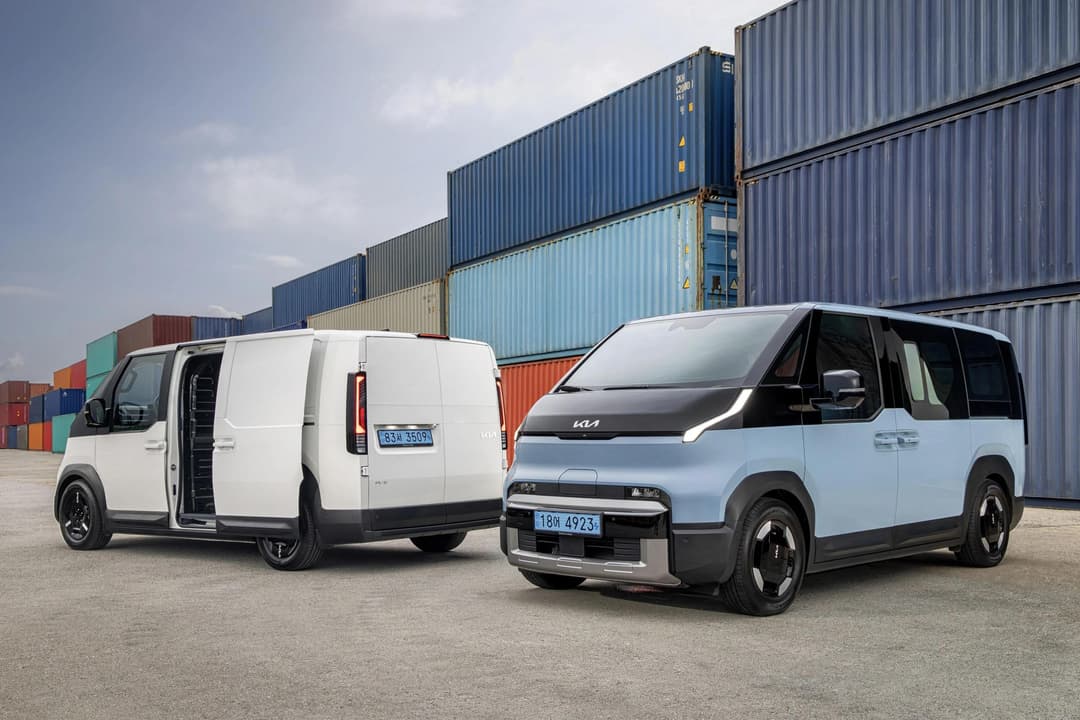
A Modular Electric Future
The PV5 is built on Hyundai Motor Group’s E-GMP.S platform, a structure designed to support multiple body styles, battery sizes, and drivetrains.
This marks the first step in Kia’s PBV roadmap, which will expand with the PV7 in 2027 and the PV9 in 2029. Kia’s long-term goal: 250,000 PBV sales globally by 2030.
At a glance:
- Modular design allows quick adaptation for different uses.
- Shared platform reduces costs and simplifies upgrades.
- Future lineup includes PV7 and PV9 electric models.
▶️MORE: Kia PV5 First Reveal
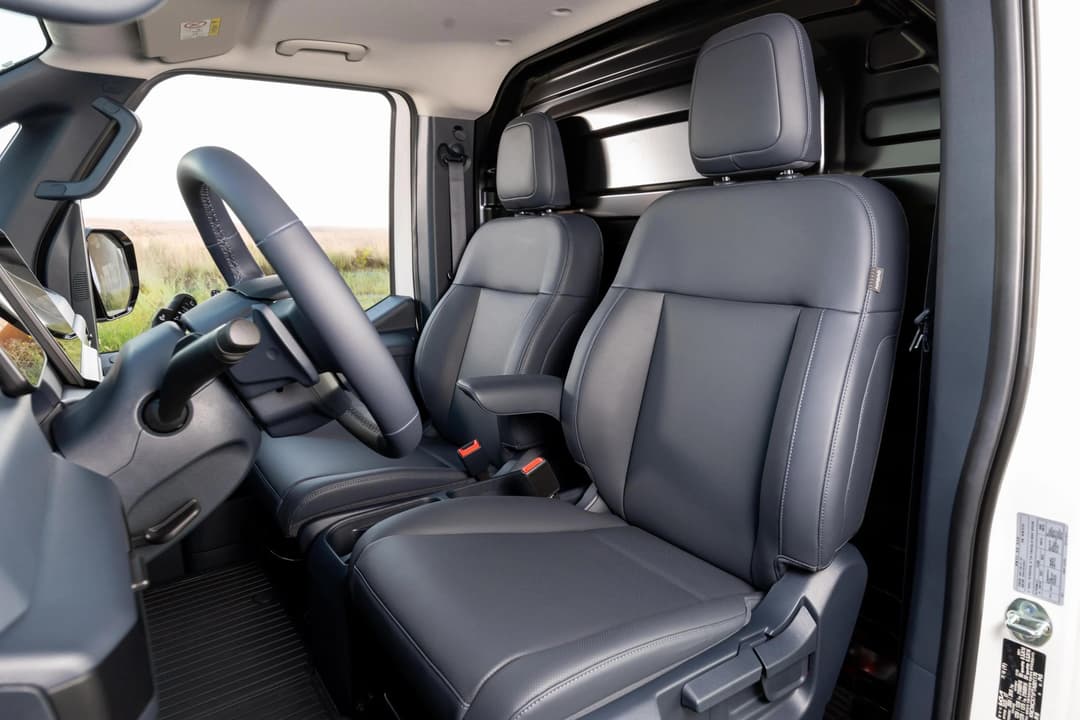
Variants and Range
When it arrives, the PV5 will come in Cargo, Passenger, and Chassis Cab configurations, each designed for distinct roles.
Battery and performance highlights:
- Passenger model: 51.5kWh or 71.2kWh NCM batteries with up to 412km range (WLTP).
- Cargo model: Adds a smaller 43.3kWh LFP option; Long variant reaches 416km range.
- Power output: 120kW and 250Nm torque across all initial versions.
- Fast-charging: 10–80% in just 30 minutes.
These figures make the PV5 a serious contender in the light commercial EV segment. Efficient enough for fleets, yet versatile enough for small businesses and urban transport.
▶️MORE: Kia EVs Can Now Power American Homes During Blackouts
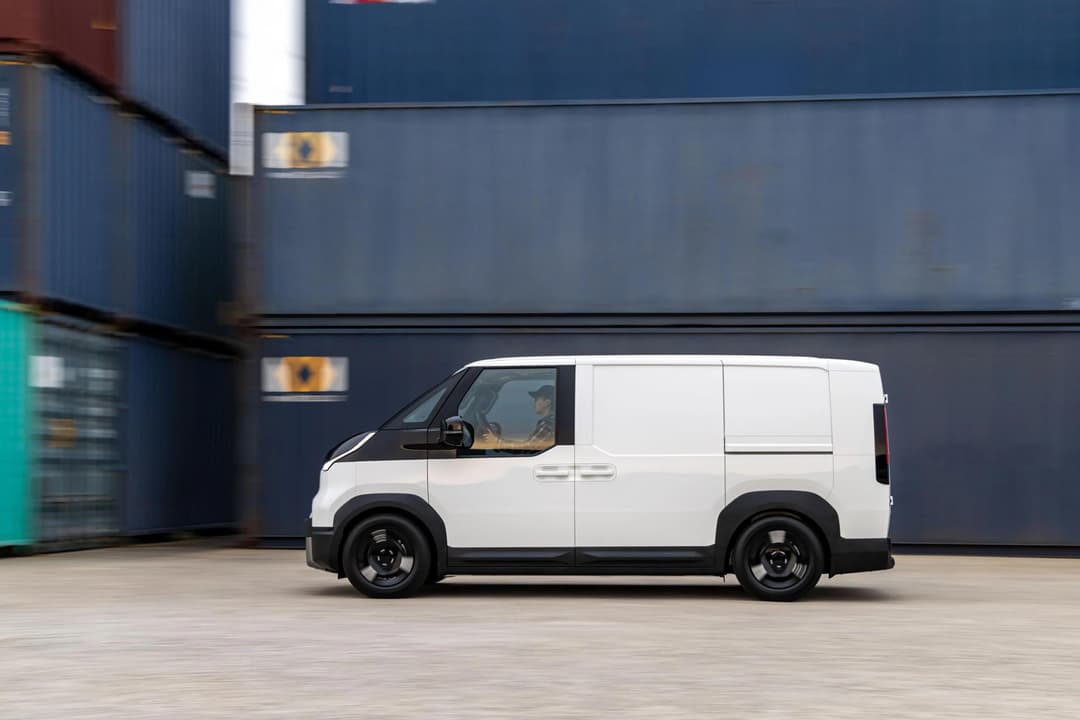
Design That Serves Purpose
Unlike many futuristic EVs that chase style, the PV5 blends bold design with real practicality.
The Passenger version offers large glass panels and LED lighting reminiscent of the Hyundai Staria, giving it a modern family-friendly character. The Cargo edition is work-focused, replacing windows with solid panels and adopting forklift-friendly rear barn doors.
Key design features:
- Compact yet spacious: 4.7m long, 1.9m tall, with a 2995mm wheelbase.
- Up to 5.2m³ of cargo space (enough for two Euro pallets).
- High Roof variant allows walk-through access for easy loading.
- Reinforced cladding and modular bumpers simplify repairs.
▶️MORE: 2025 Kia EV3 Pricing Revealed, Pricing, Specs
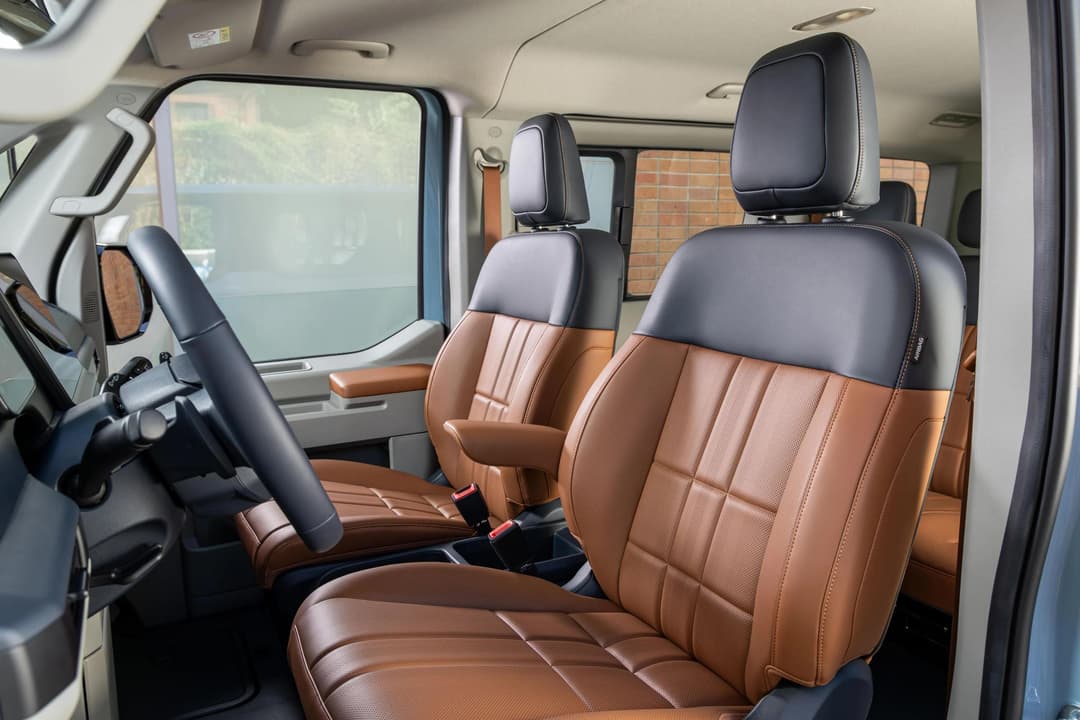
Inside the PV5
Inside, Kia treats the PV5 less like a van and more like a digital workspace.
A 12.9-inch infotainment system pairs with a 7.5-inch instrument cluster, both running on Android-based software that supports:
- Fleet management and logistics tools.
- Third-party app integration.
- Dedicated control for conversion models.
Kia’s approach to customisation is straightforward, remove what you don’t need, add what you do. Certified conversion partners can easily modify interiors for delivery services, ride-sharing, or even accessibility transport.
One early prototype includes a wheelchair-accessible version featuring a side-entry ramp and low floor.
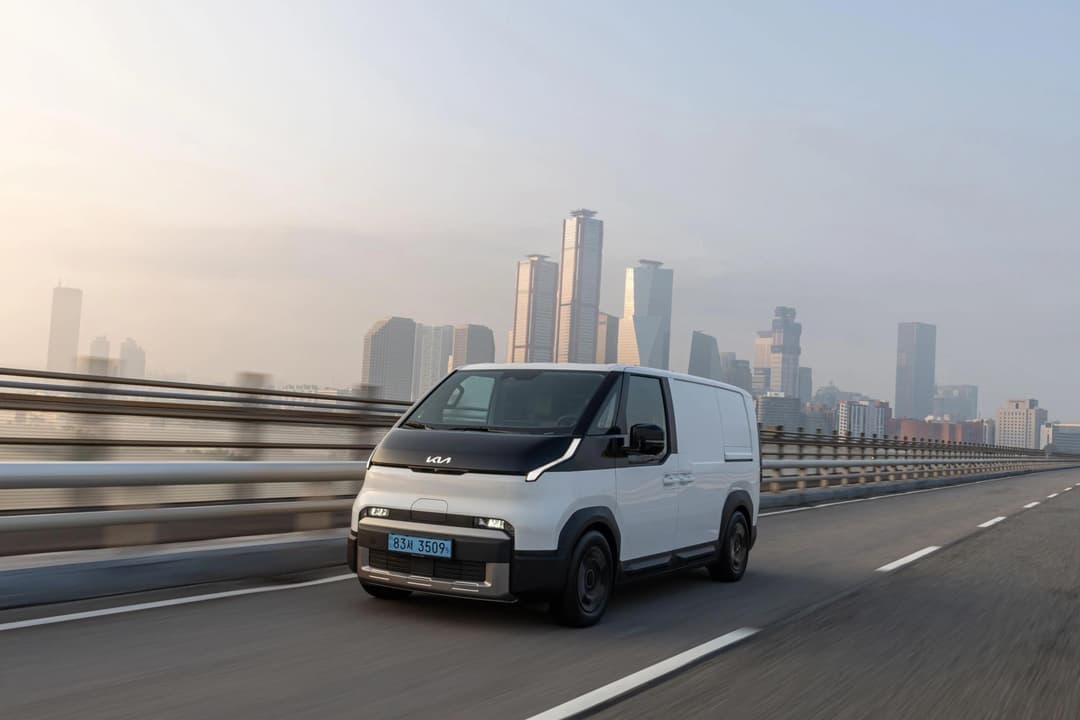
Safety and Technology
The PV5 aims to be one of the safest vans in its category, packing advanced driver-assistance tech such as:
- Highway Driving Assist
- Smart Cruise Control
- Blind-Spot Collision Avoidance
- Parking Collision-Avoidance Assist
Combined with Kia’s robust EV platform, these systems help the PV5 double as both a city shuttle and a long-haul delivery machine.
With the PV5, Kia isn’t just selling another electric van, it’s re-entering the commercial space for the first time since the Pregio (last sold in 2006).
This marks a major turning point for Kia, positioning the brand as a player in the electric mobility revolution.
Stay up to date with the latest EV news
- Get the latest news and update
- New EV model releases
- Get money savings-deal

Privacy policy
